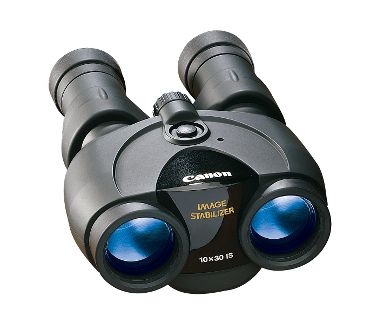A while back, I took a wonderful walk with an old friend to look for birds along the Rhode Island coast. It was a glorious fall day and we walked along the canal way, watching the tide stream back in. I spotted a bird perched on a rock way upstream and set up my scope. Because our difference in height, I had to set the tripod rather low which always makes for an Ichabod Crane look when I bend over to scope the bird. It was a Green Heron and my friend, who first identified it, said, “This is great. I can’t really use my binoculars because of my hand tremors. But I can see this bird clearly.”
We moved on to a marsh where dozens of Great Egrets foraged and again, the telescope was a great tool since it was stable and the birds were cooperative. So, we got talking. I said that there must be a way to stabilize binoculars — that she should look into it and perhaps the kids could make it a Christmas present. We saw a few more birds and then strolled back home catching up even more on our lives and our kids/grandkids. It was a short but great outing. I hadn’t thought about the conversation until yesterday — where it just popped up and I thought, “I’m going to check out binocular gear.” So I did and here’s a little about what I learned.
I found out that one option is image stabilizing binoculars:
- Optical advantages: When binoculars are stabilized, they result in sharper images, better clarity, and clearer contrast. Image stabilized binoculars of magnifications as low as 7x to 10x will outperform conventional binoculars of the same magnification by far.
This means that they are useful not just in extreme outdoor situations but also when image stabilization is not really needed. Obviously, this advantage will only be a reality when image stabilization is turned on. - If for some reason image stabilization is not turned on (or fails), they operate as normal binoculars. In other words, you’re not stranded with a useless instrument when the batteries have gone flat and you don’t have replacements.
- Huge magnification made possible: Without stabilization, the maximum practical magnification for hand holding is about 7x, possibly but rarely up to 10x (varying from person to person). However, image stabilization technology allows the viewer to use binoculars (handheld) with magnifications of up to 20x, opening a new world to the viewer.
No eyestrain or headache: If you cannot hold your conventional binoculars perfectly still, not only will your image be spoiled, but you can also end up with eyestrain and headaches – which is not the case with image stabilized binoculars.
The cons of image stabilization in binoculars
- Limited options available: In the case of conventional binoculars, the client has so much options, he could find it difficult to make his final decision for that very reason. However, in the case of image stabilizer binoculars his choice is very limited: Only about six different brands with limited models are available.
- Price: These instruments are more expensive than conventional binoculars due to the extra complicated technology included, which limits the buyer’s options even more.
- Weight: Due to the extra technology (and batteries in most cases, to drive the image stabilizing technology) they are also heavier than the counterpart.
- Dimensions: The added technology resulted in more bulkiness as compared to conventional binoculars.
- Activating the image stabilization: Some binoculars need the stabilization button to be continuously pressed to keep the binoculars stabilized. This is to save the batteries, but can be tiring. New designs keep the stabilization on for a few minutes after the button is pressed and released.
- Durability: The added technology makes these binoculars more fragile, as clearly reflected in the limited warranties going with the products, typically only 1 to 3 years.
- Batteries: With the exception of the last category of image stabilized binoculars (mechanical stabilization without gyroscopes), all IS binoculars use batteries. In addition to the burden of the extra weight, you also have to make sure to use the best batteries available and remember to take extra ones along as well.
A better option, in my opinion, is a tripod and a binocular attachment device. This way, you can use the binoculars you already own. Monopods are also an option although some say that people with tremors may have difficulty stabilizing the unit. Tripods can be pricey but get a good stable one and it can work for a camera, a telescope, or your binoculars. Here’s a description of one attachment option for binoculars:
Discover more from Vermont Birder
Subscribe to get the latest posts sent to your email.

